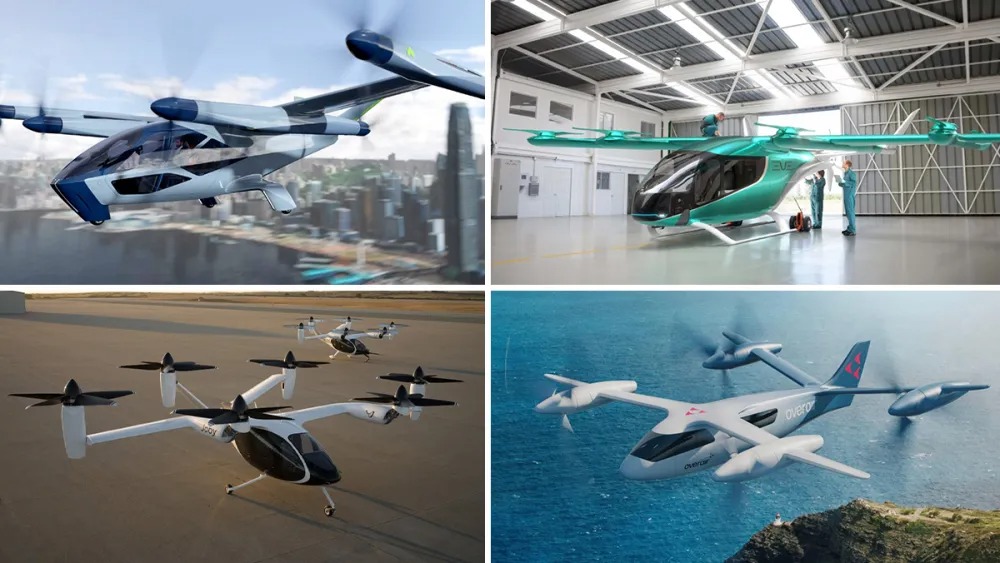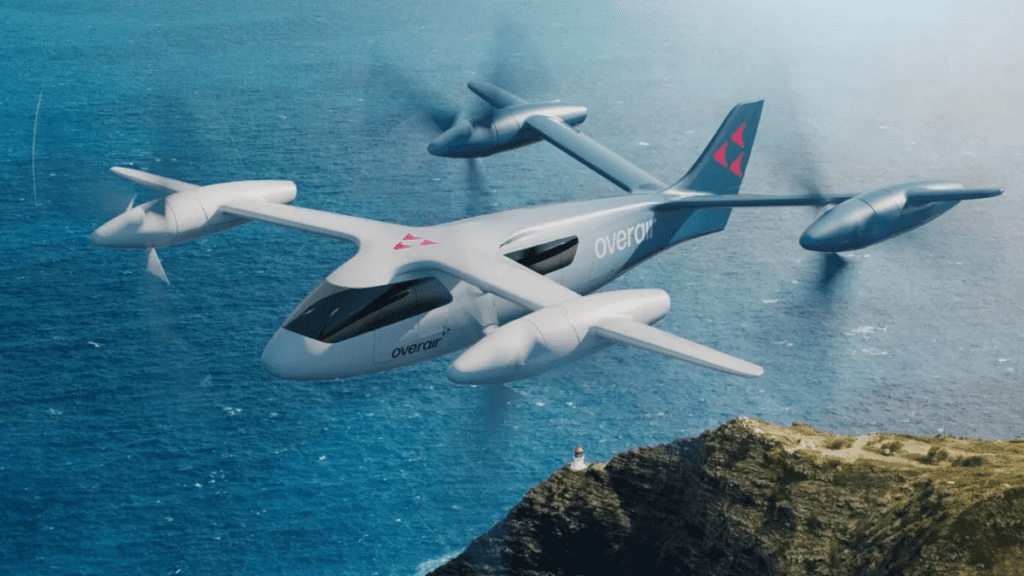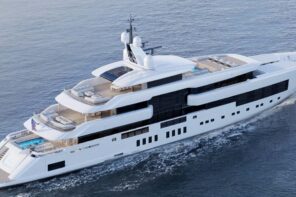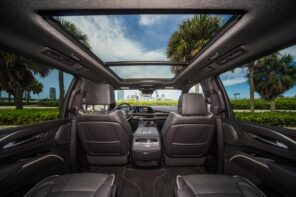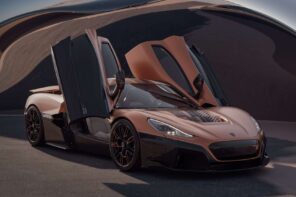This year marks a turning point for urban transportation with the introduction of air taxis in countries like France, Italy, South Korea, Central America, and ongoing operations in China. The burgeoning field of Advanced Air Mobility (AAM) is paving the way for a revolutionary transportation method: electric vertical takeoff and landing (eVTOL) aircraft. These aren’t just oversized drones but are designed to offer a quieter, more sustainable alternative to traditional vehicles and helicopters by moving people and goods more efficiently and with less environmental impact.
While still in their infancy, air taxis are expected to receive commercial certification for several models by 2026, potentially becoming a staple in urban transportation within a decade. Unlike single-passenger electric crafts or regional eVTOLs challenging commercial flights, these air taxis are primarily intended for city use.
Currently, a significant portion of the world’s population has limited access to air travel, often restricted to helicopters within cities. Air taxis promise to change this landscape, making air travel a routine part of urban life, potentially transforming daily commutes and reducing congestion in major cities around the globe.
Imagine the impact of shifting from occasional flights to multiple air taxi commutes daily, revolutionizing how people move within cities.
Overair Butterfly
This model stands out with its safety features, zero emissions, and quiet operation at 44 dBA. It can achieve speeds of up to 200 mph and cover 100 miles. Its unique propeller design allows for emergency hovering capabilities. Overair projects a 2028 launch for the Butterfly, promising to turn a typical road journey from John Wayne Airport to LAX from 69 minutes to 18 minutes.
Joby S4
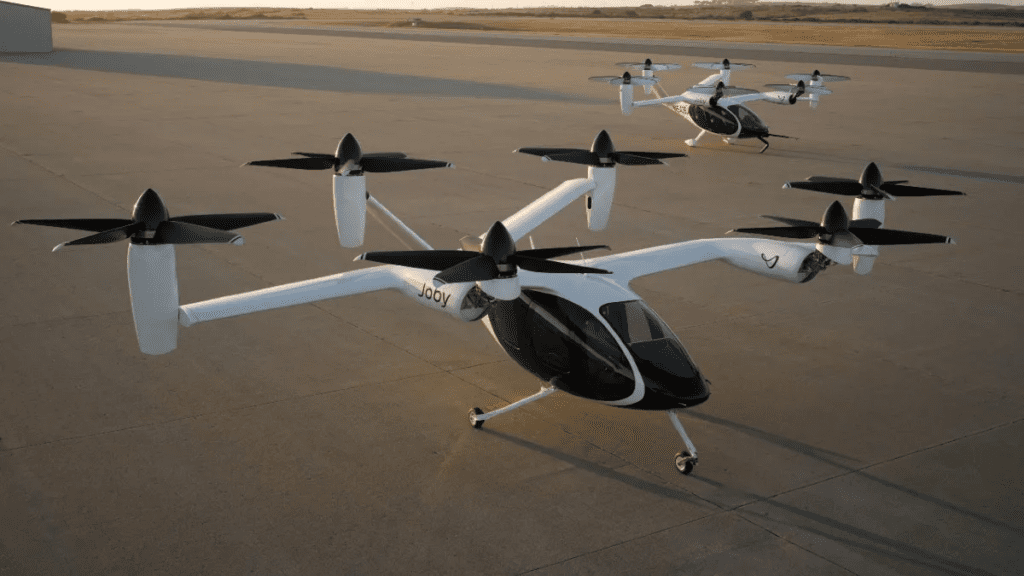
With a decade of development and a strategic partnership with Toyota, the Joby S4 has undergone extensive testing, including simulations with NASA, and has reached speeds of 200 mph. Joby is on the cusp of FAA certification, aiming for a 2025 debut.
Archer Midnight
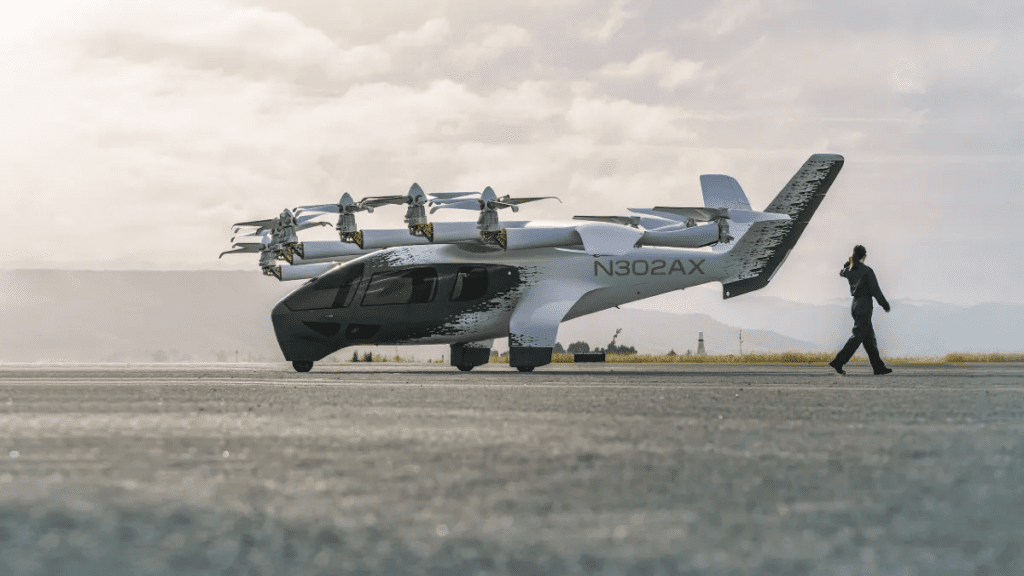
Featuring vectored thrust from 12 electric motors, the Midnight can travel up to 100 miles at speeds of 150 mph. Its quiet propulsion system and advanced battery technology have it on track for 2025 certification.
Supernal S-A2
Revealed at CES, the S-A2 benefits from Hyundai Motor Group’s manufacturing prowess, blending automotive and aerospace technologies. It’s designed for short, 40-mile trips at 120 mph and eyes a 2028 launch.
CityAirbus NextGen
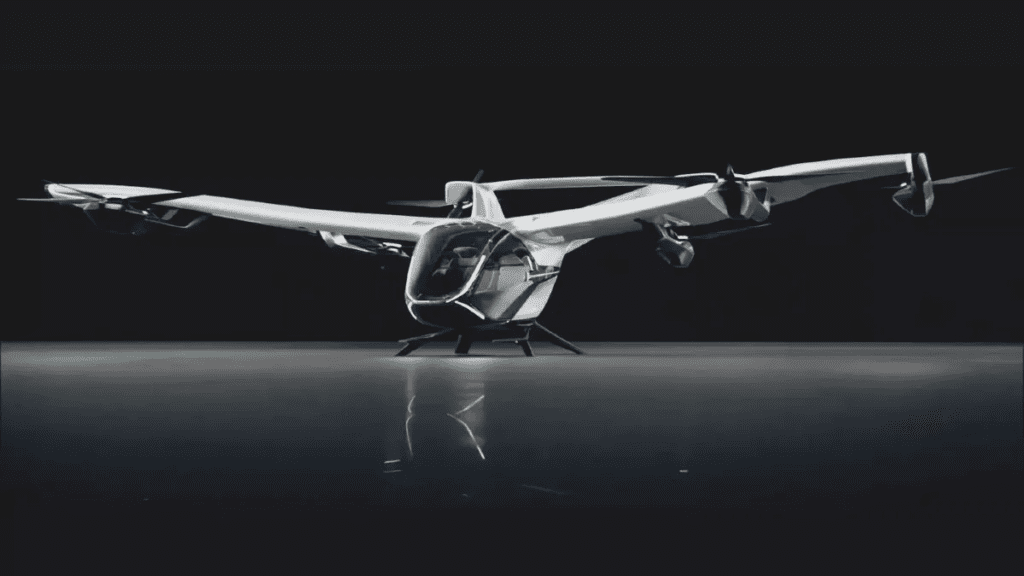
Airbus continues to innovate with its four-seat, all-electric NextGen eVTOL. Boasting a unique Distributed Electric Propulsion system, it offers enhanced safety and is optimized for community connectivity with a 50-mile range and 75 mph top speed. Prototype flights are set to begin this year, signaling Airbus’s commitment to urban air mobility.
These pioneering models represent just the beginning of a transformative era in urban transportation, promising a future where air taxis are as common as cars on the road today.

